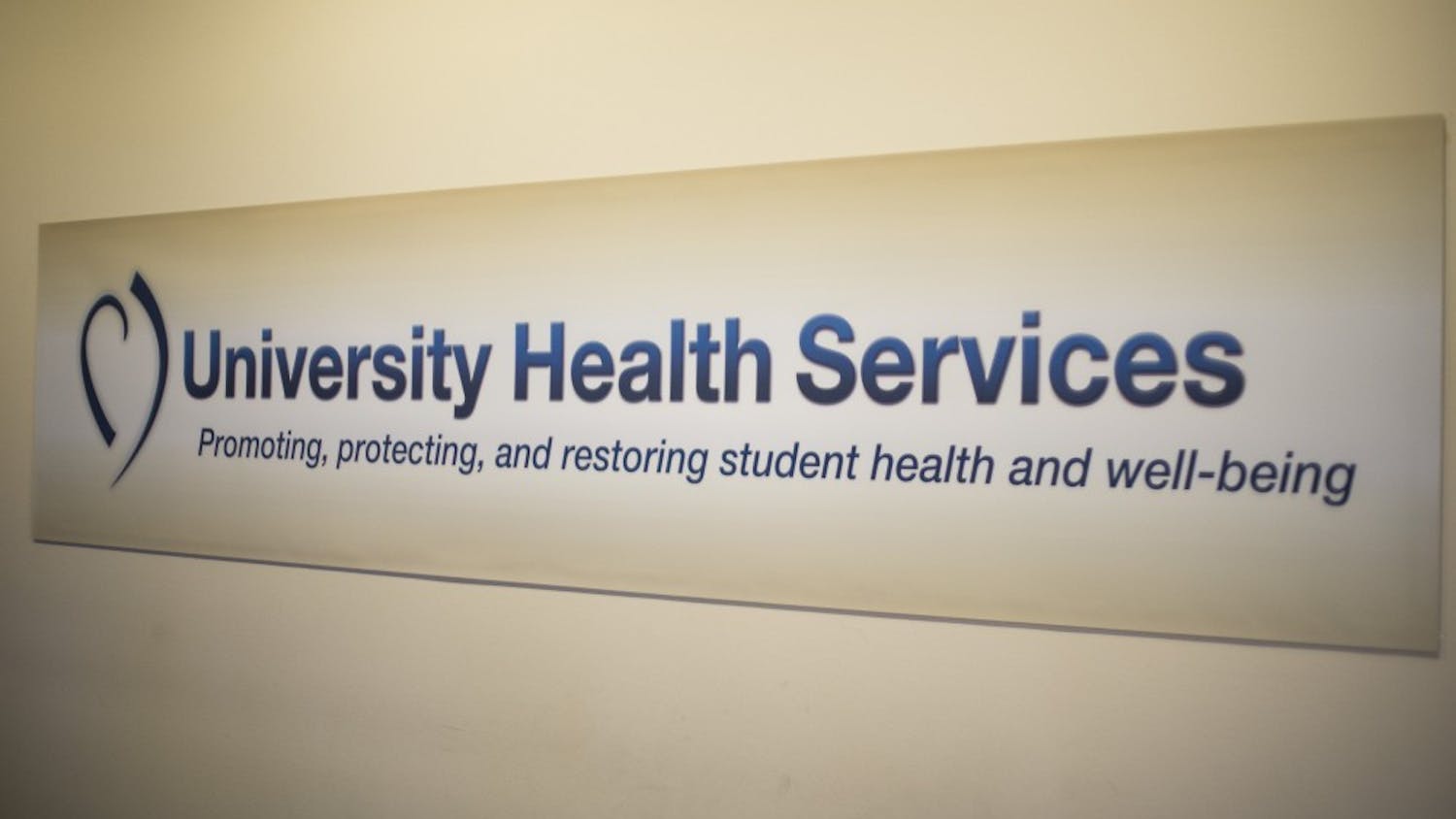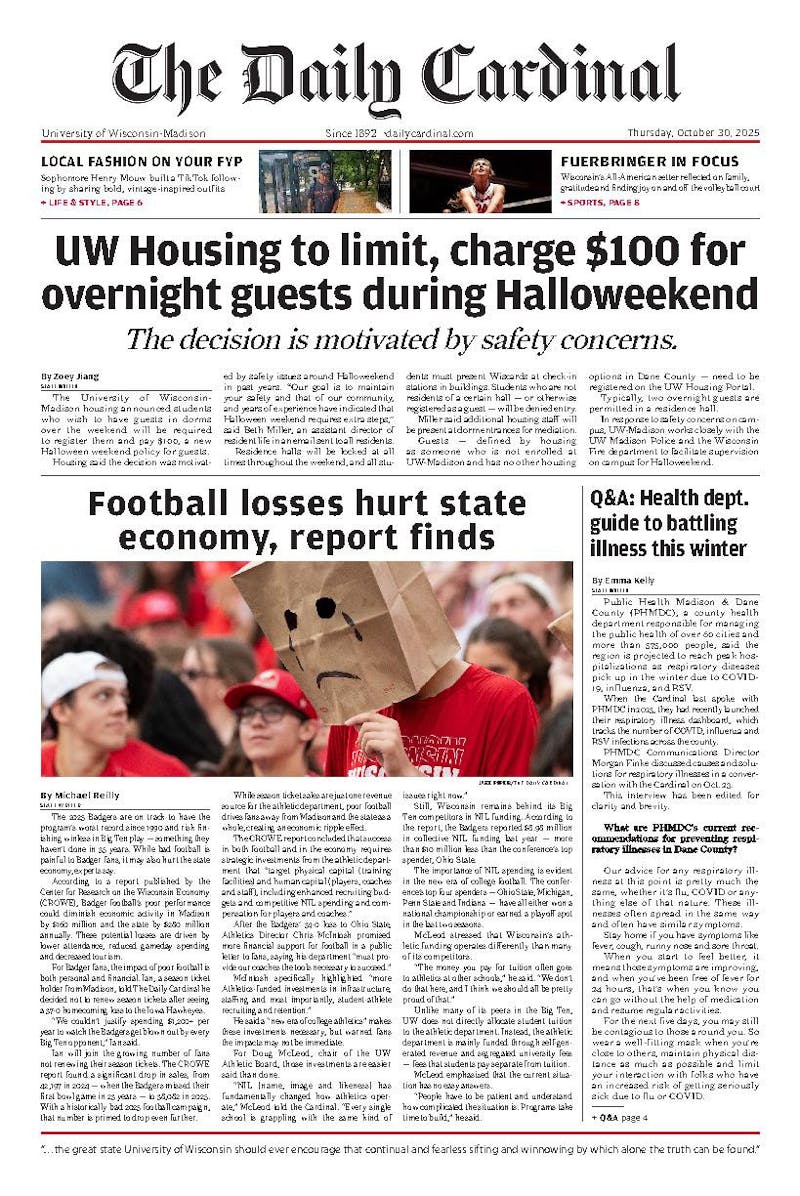UW-Madison released a Wisconsin Poverty Report Wednesday, which found public assistance programs and tax credit expansions helped prevent impoverished citizens from losing money during the recession.
Prepared by UW-Madison researchers at the Institute for Research on Poverty, the report looked at the needs of and resources available to the state's poorest families.
When comparing two measures of poverty, the official poverty rate and the Wisconsin Poverty Measure, the study found a discrepancy in the numbers.
For instance, according to the Wisconsin Poverty Report, about 11.5 percent of the state's population was under the poverty line in 2008 and 2009.
Meanwhile, the official poverty rate of Wisconsin grew over two percentage points from 10.2 percent in 2008 to 12.4 percent in 2009.
The discrepancy between these measures of poverty indicates Wisconsin has a higher poverty threshold—the level at which someone is considered impoverished—than the rest of the country.
This indicates the success of tax credit expansions and anti-poverty programs such as BadgerCare, a program that provides low-income uninsured families with children, according to the study.





